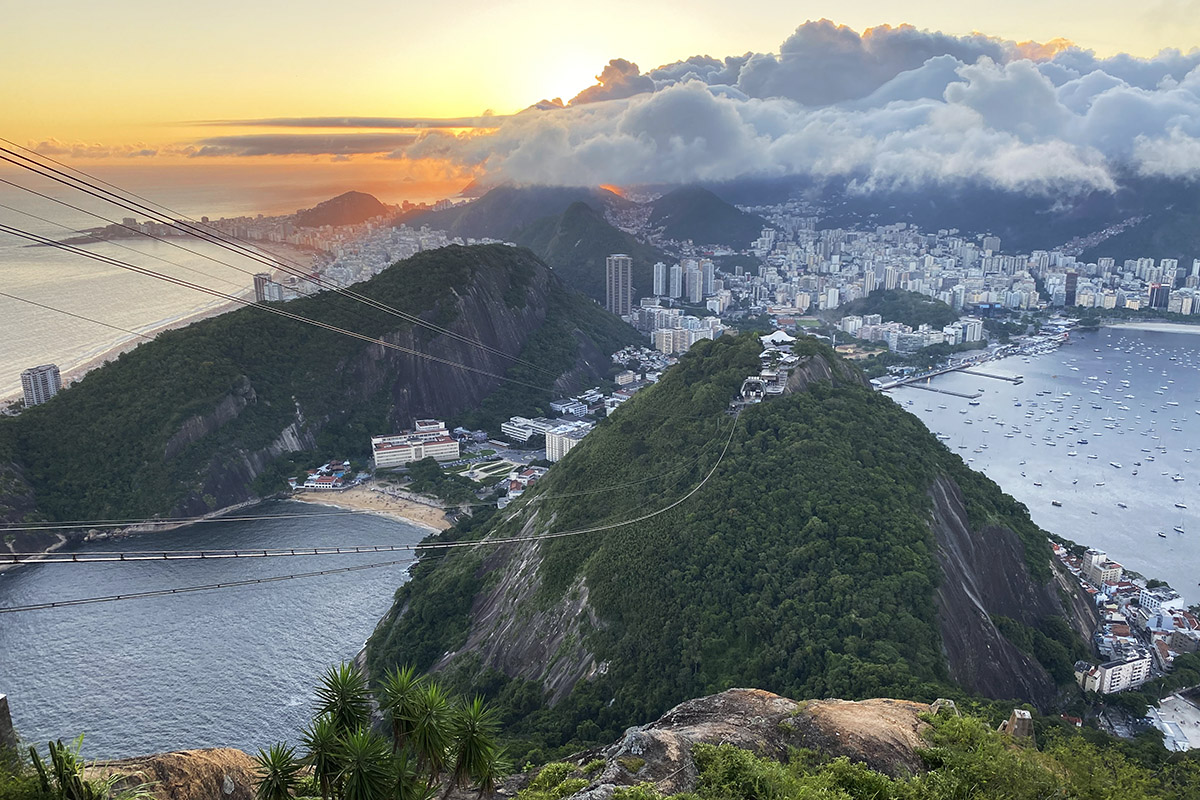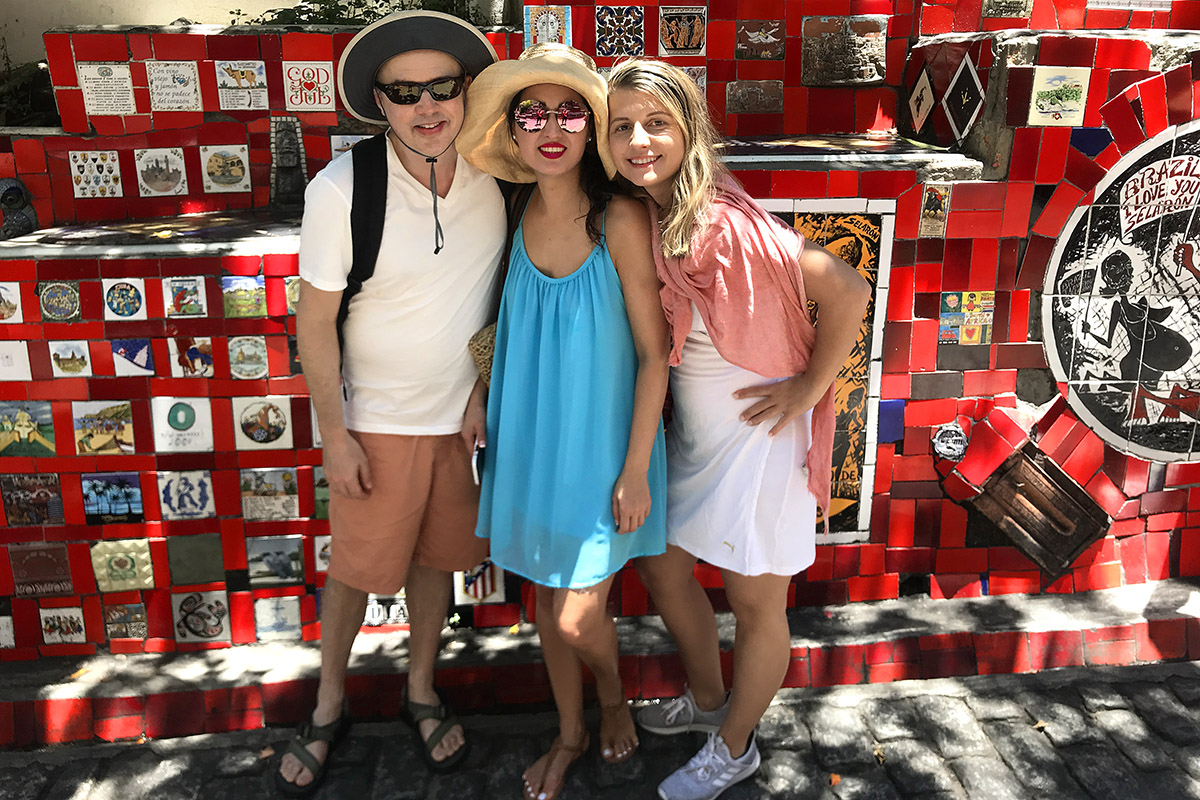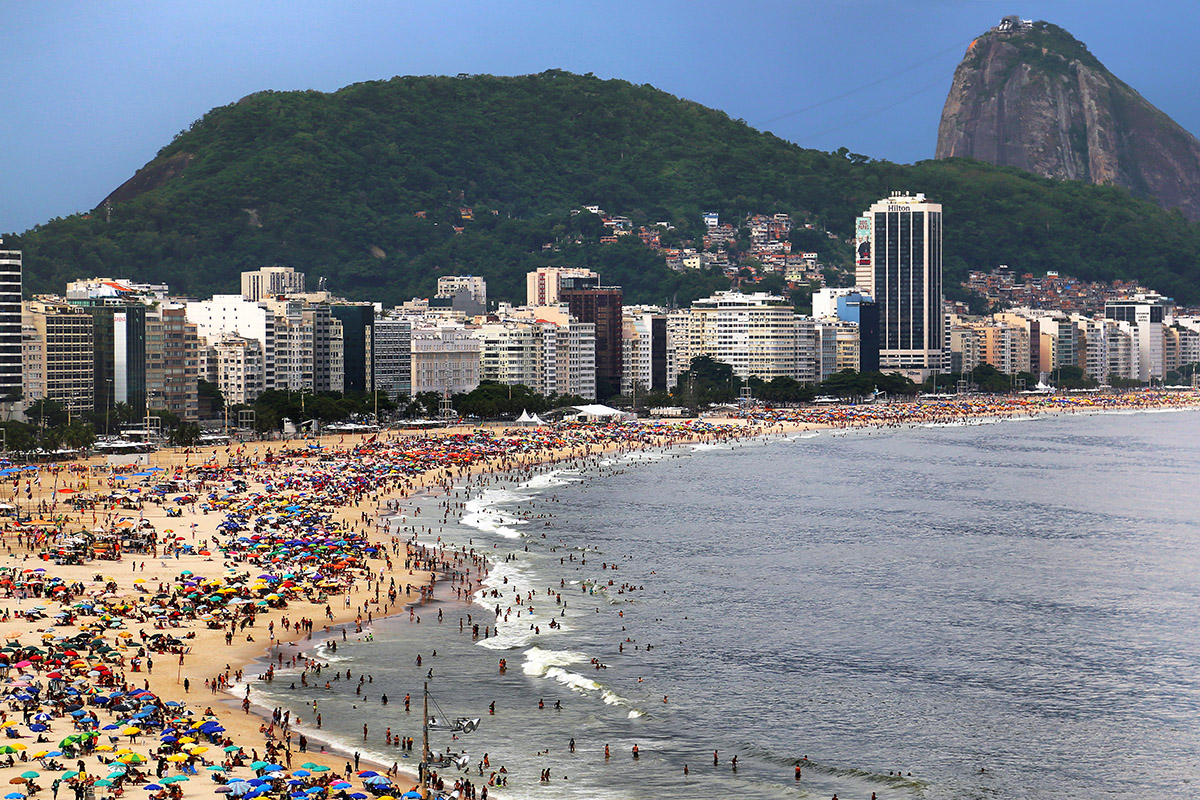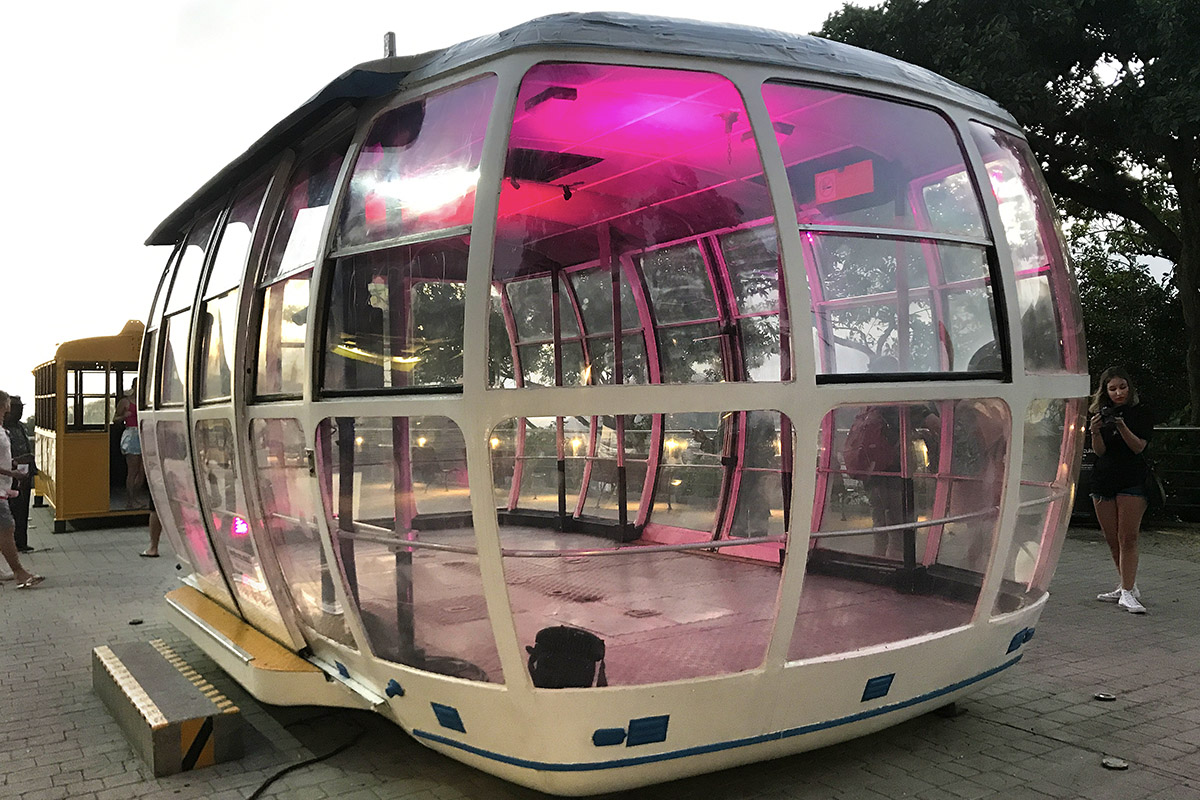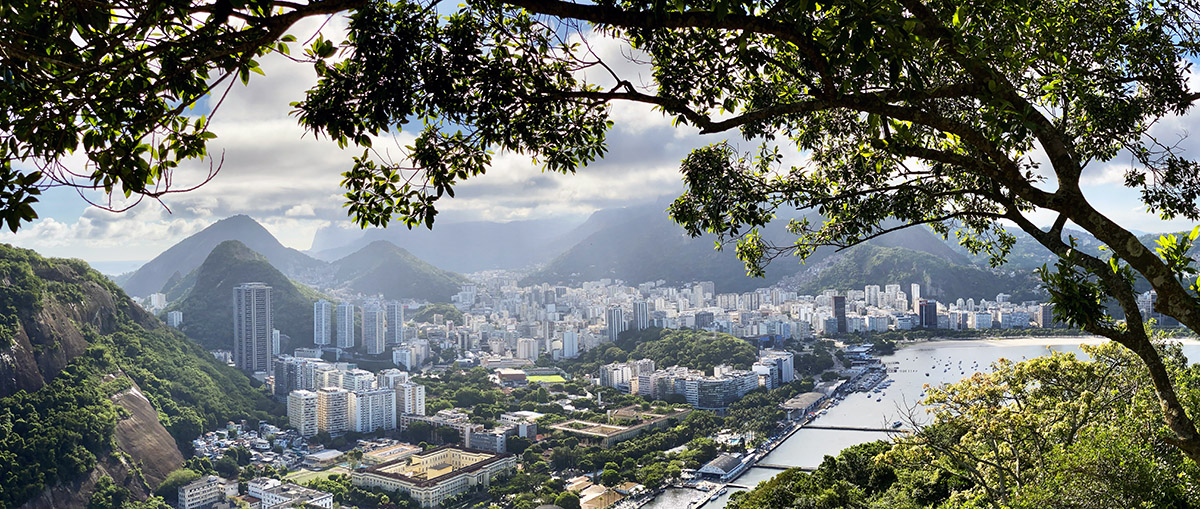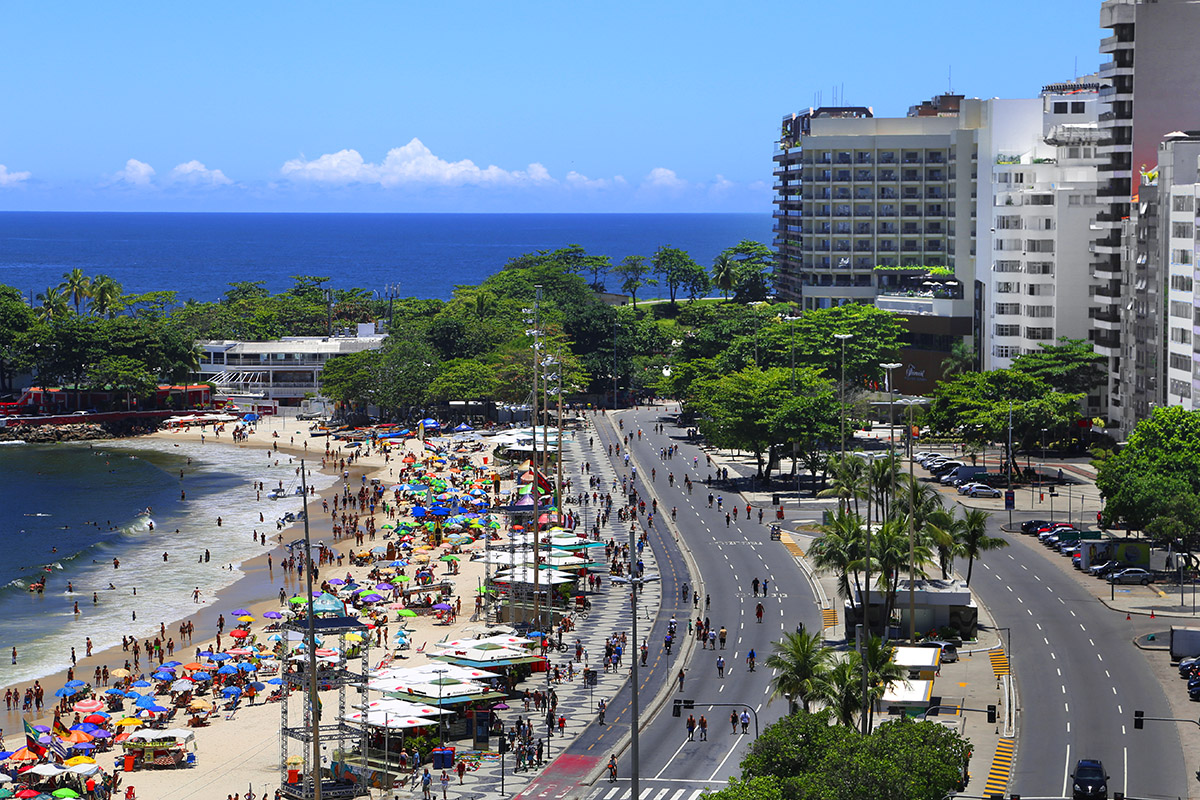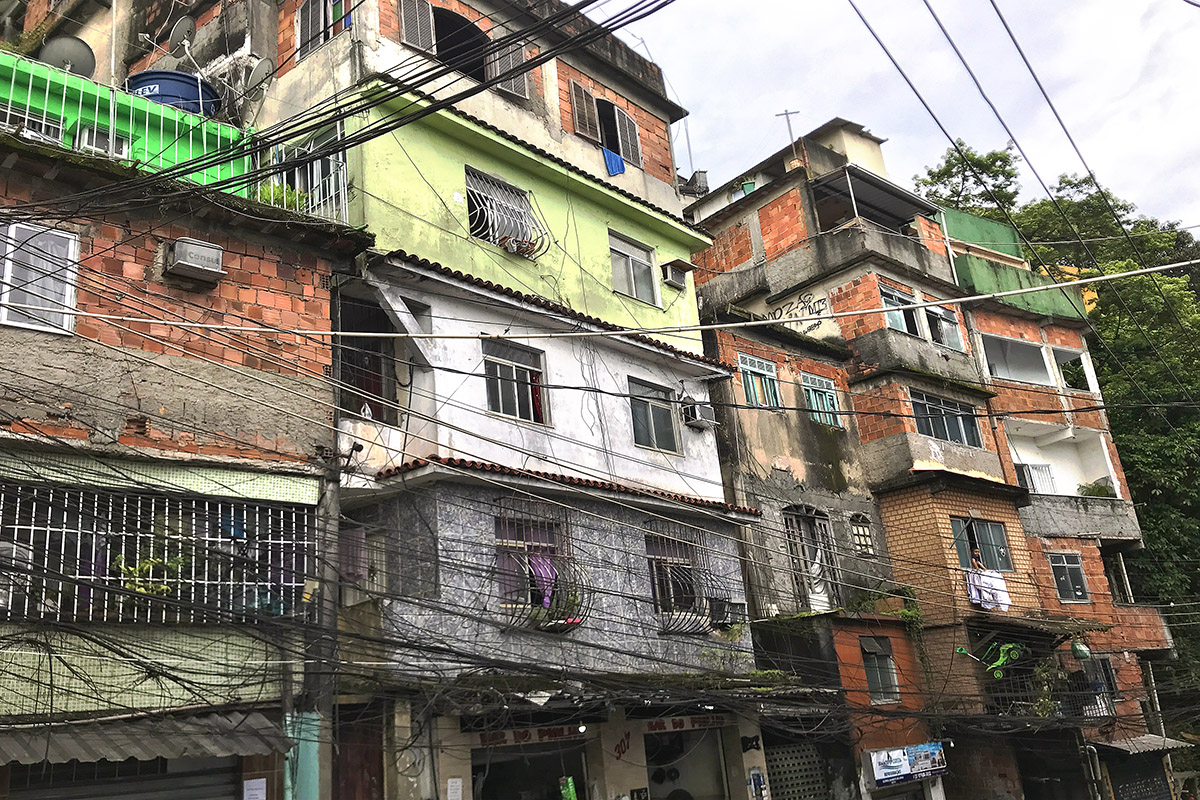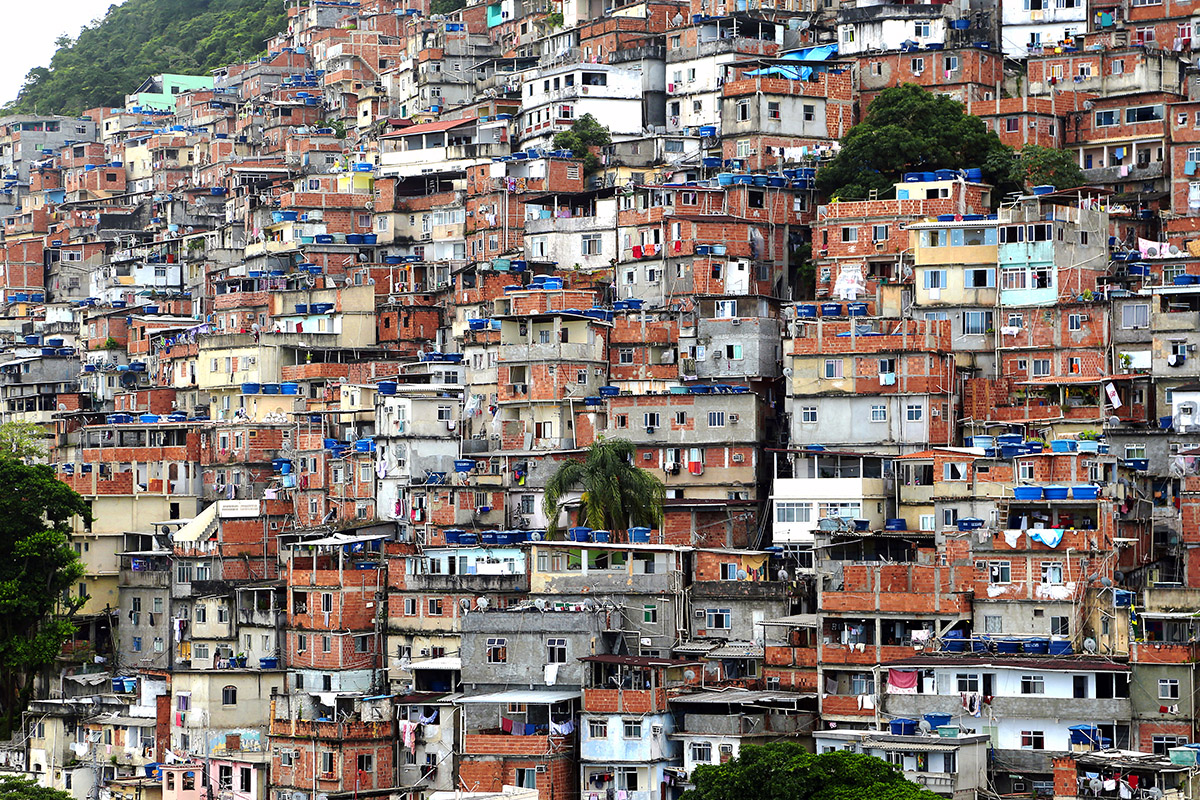Friday, Dec 20 — Foz do Iguaçú
I cross into Brazil, from Argentina, and head to the Vivaz Cataratas Hotel & Resort, where I meet Zara, and later Tamara and Eduardo. We have a great steak dinner.
Saturday, Dec 21 — Foz do Iguaçú
Tour Brazilian side of Iguaçu Falls
Sunday, Dec 22 — Rio de Janeiro
We check into room 1001 of the Miramar Hotel by Windsor, with a sweeping seaview room, overlooking Copacabana Beach, at the Miramar Hotel by Windsor
Monday, Dec 23 — Rio de Janeiro
Breakie, Fort Copacabana, afternoon drinks and stroll, Jobi for dinner, Boteco Belmonte, Leblon and wander around
Tuesday, Dec 24 — Rio de Janeiro
Breakie, Rocinha favela tour,
Wednesday, Dec 25 — Rio de Janeiro
Sugarloaf
Thursday, Dec 26 — Flight home
Visit Christ the Redeemer and wait for the clouds to clear for the perfect shot. The hotel grabs us a van taxi and we cruise to RIO Rio de Janeiro/Galeão International Airport. The entire way, the driver is telling us about his right-wing view on politics. We arrive to the airport without a hitch, and board United Airlines flight UA 128. At 9:55pm, our Boeing 767-400 (N66056) takes off, headed to IAH Houston Airport.
Friday, Dec 27 — Arrive home
We land in Houston at 5:30am, and switch to United Airlines flight 1169. At 7:25am, our Airbus A319-100 (N871UA) takes off, heading for LAX. We land around 9:19am, pass immigration, grab our bags, and head to my folks place. What a trip!
